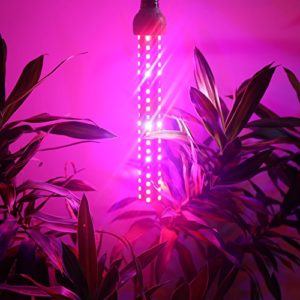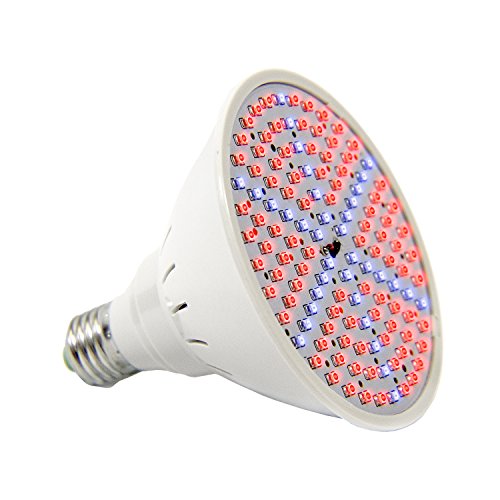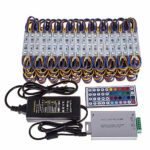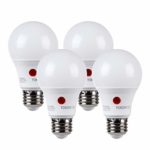Growing plants indoors or in a greenhouse using specialty LED grow lights can allow a person to grow year- round regardless of the environmental conditions outside.
With the new technological advances and all the recent changes in environmental conditions , an individual might end up wondering what uses LED i.e. Light Emitting Diodes have for growing plants indoors.
Using LED Grow Light Bulbs For Growing Stuff Indoors
*They Consume Less Energy:
LED light bulbs have numerous uses mainly in their ability to grow indoor plants. One of the benefits of growing indoor plants with LED when compared with various bulbs is fractional consumption of electricity. LED consumes less than 70% of the energy in use. The plants also leave an insignificant amount of heat signature.
A normal bulb discharges a high intensity of heat when compared to LED bulbs.
Using LED bulbs ensures the use of less than about 10% of that same heat intensity. A higher energy consumption is directly linked to the wasted electric energy dispensed as heat.
Growing plants with HID systems results to a higher heat production as a byproduct. The resulting heat is therefore sustained by use of costly air conditioning and venting systems. Growing with LED bulbs is far more economical in that it virtually eliminates the air conditioning problems that other grow lights can cause.
*Enhances the Process of Photosynthesis:
 Hydroponic gardening is sensitive to the variations of light. It is particular to the type of wavelength emitted in a particular spectrum of light. The proper wavelengths in a particular bulb is necessary for proper plant photosynthesis.
Hydroponic gardening is sensitive to the variations of light. It is particular to the type of wavelength emitted in a particular spectrum of light. The proper wavelengths in a particular bulb is necessary for proper plant photosynthesis.
Basically, normal bulbs emit a white light. This particular light surrounds all the segments of color emitted by the bulbs spectrum of light.
Indoor gardening is highly suited with the quality of light produced by LED grow light diodes. This in particular is as a result of the individual focus of specific forms of light wavelength in the bulbs.
The LED bulbs emit a quality of blended light wavelength specifically needed in their correct ratios. These wavelengths include orange and blue in 420 to 470 range for red and 580 to 630 in orange.
The range is based on tests done by the various light blend companies. The tests formulate the blend optimum ratios produced by the diodes mimicking the light radiation that is essential in photosynthesis and hence plant growth.
*They Minimize Cost In More Ways Than One
An important advantage of the LED bulbs in indoor gardening is longevity. The LED bulbs are proven to last longer than both regular incandescent light bulbs and fluorescent lights.
The LED bulbs emits a low intensity light of about 15 watts. In more advanced and complex plants, the bulbs can be developed to produce a higher output of about 100 watts. Indoor plant growers should be able to use the advancement in LED technology to efficiently grow green plants of all kind, especially leafy vegetables and various strains of the hemp plant.






Comments are disabled for this post.